If you’ve played a Monster Hunter game, you’re bound to have a favourite monster. What’s yours? Mine changes every month or so. Sometimes it’s the majestic Malfestio, or the graceful Mizutsune (who will be arriving in Wilds with its first title update which I am thrilled about), while on occasion I’m basic and favour Rathalos. It’s a cool red dragon and I’m Welsh, sue me.
Low Rank story spoilers and High Rank monster spoilers ahead.
One thing I’m grateful for, though, is how Monster Hunter Wilds doesn’t rely on the old favourites to invest you in the new world it’s building. The Forbidden Lands are, in comparison to older titles, devoid of returning beasties. Congalala and Nerscylla show up in their usual forms, and Rathalos and Odogaron are there as some fancy schmancy subspecies, but the rest are all totally new.
Newcomers Never Lose The Spotlight
The aforementioned subspecies returners, Odogaron and Rathalos, are even used fantastically to illustrate a very important plot point regarding the Keepers’ Guardian monsters. They’re man-made monsters, given extra powers by their creators that make them stronger and, more importantly, cooler than the original forms.
Not only does this ensure they’re still novel experiences even though they come in familiar packaging, it ties them well into the more complex narrative that Wilds is going for that delves into the consequences of interfering with nature.
This is a dynamic that World also executed really well, but something Rise floundered with. Populating the main narrative (I’m talking about Low Rank, which is what most people will consider the ‘story’ section of a modern Monster Hunter) with totally new monsters gives us a sense of adventure and discovery, with each well-telegraphed new monster appearing to awe and fascination, rather than easily captured and bland hype. Rise, in comparison, sends you up against a Great Baggi and Kulu-Ya-Ku within the first hour, something that kinda nullifies the excitement that’s supposed to come with a grand new world to explore.
I could have even done with fewer returners than we received – Congalala is as much of a gross meme monster as Khezu, and learning that I’d be hunting one so early on in the game made me roll my eyes. Nerscylla, I’ll hand you, is nothing but awesome.
Compare this to the postgame (I’m now talking about High Rank, which is really just the main game that technically occurs after a credits scene) and there’s a stark difference. One of the first quests you get upon unlocking High Rank is a hunt for a Gypceros, a true classic that first appeared in the very first Monster Hunter. More monsters that you’ve seen before appear in droves.

Related
Monster Hunter Wilds: 7 Best Returning Monsters
Here are the best returning monsters in Monster Hunter Wilds!
Rathian, Yian Kut-Ku, Blangonga, Gravios, the mighty Gore Magala; High Rank is a who’s who of hype. This campaign is a welcome departure from the heavier themes of Low Rank’s story and instead provides an exciting cavalcade of climactic hunts against classic monsters that we get to experience using our weapons’ new movesets, the new locales, and the new hunting infrastructure.
I really appreciate the disconnect between the narrative newcomers and the returning excitement-bait. It gives Wilds and its newfound focus on the story room to breathe and develop its own world, while still holding back some fan-focused love for the people who will play the game for more hours than is necessarily healthy. Cough.

- Released
-
February 28, 2025
- ESRB
-
T For Teen // Violence, Blood, Crude Humor
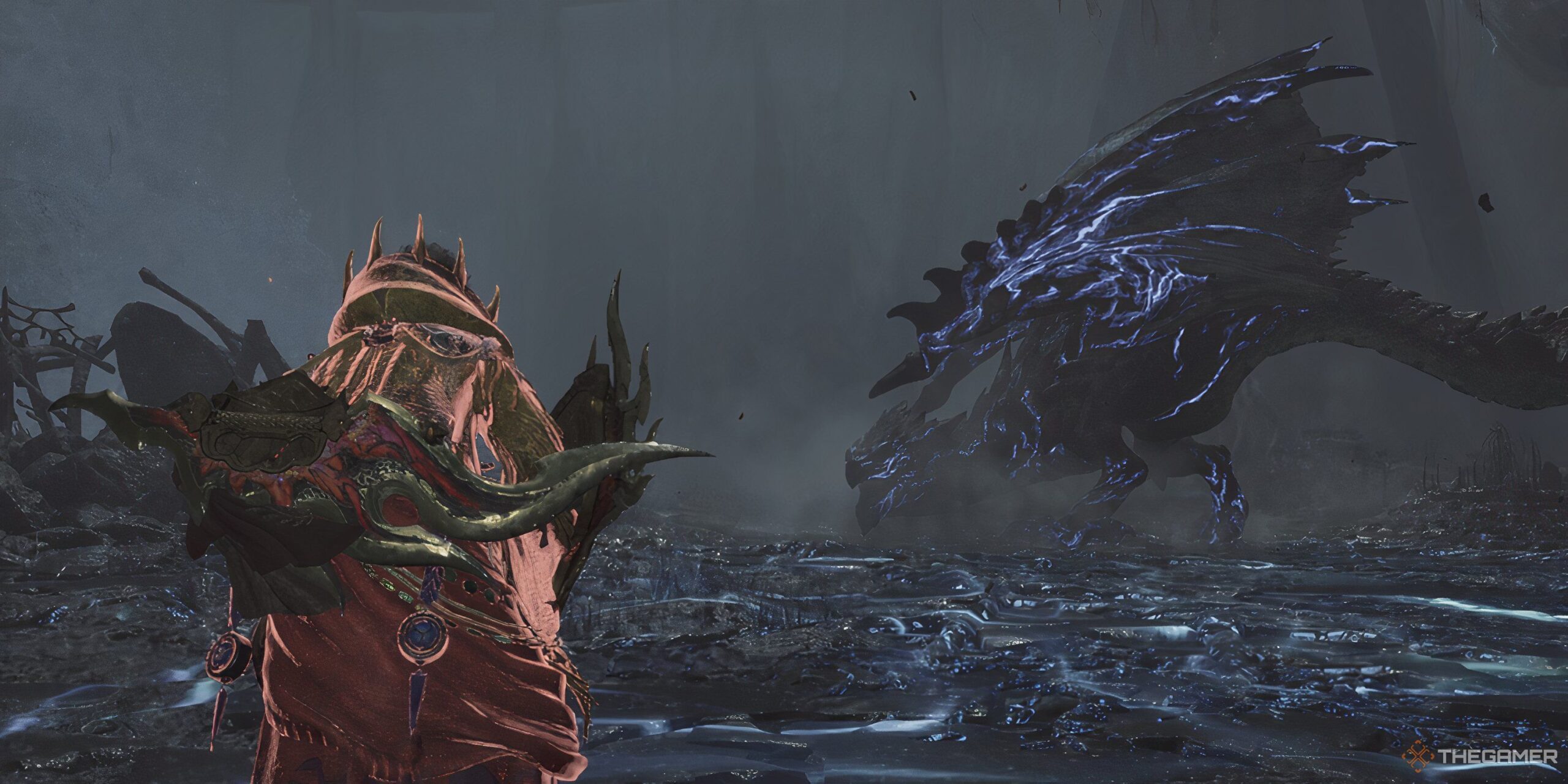
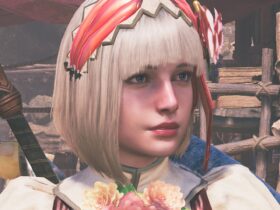





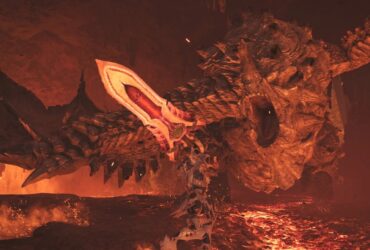
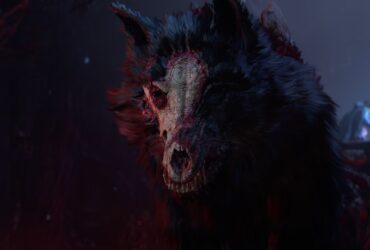


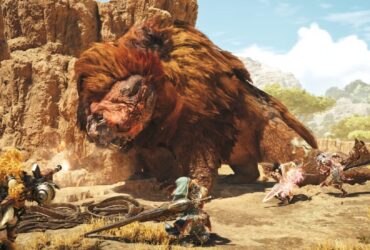
Leave a Reply